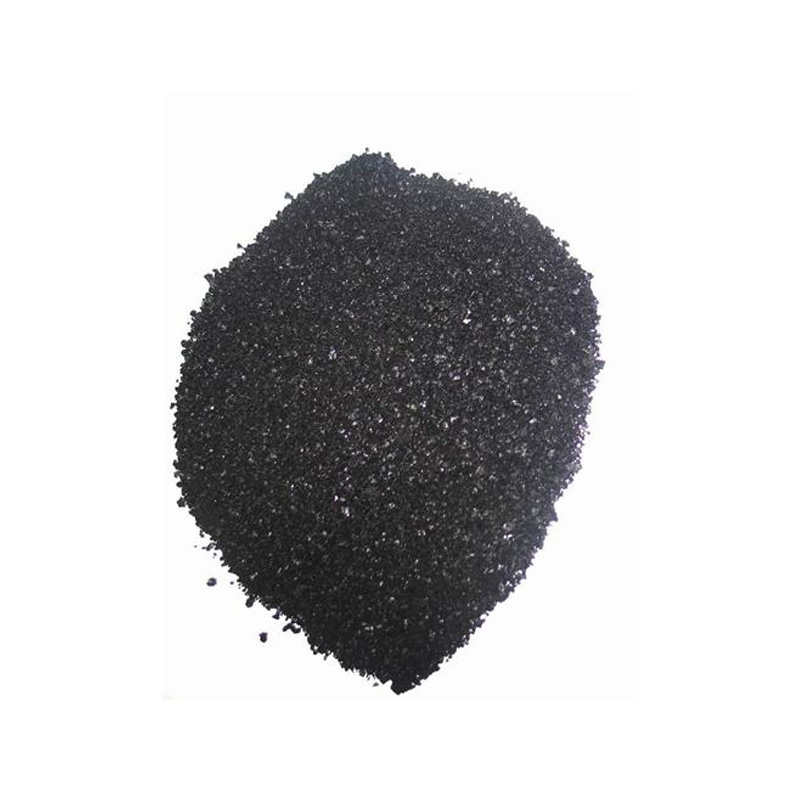making indigo product
The Art and Science of Making Indigo Products
Indigo, a deep blue dye derived from the leaves of the indigo plant, has been cherished for centuries for its vibrant color and versatility. The process of making indigo products, whether for textiles, art, or other uses, combines ancient traditions with modern techniques. This article explores the fascinating journey of indigo from plant to product, encompassing its historical significance, the cultivation of indigo plants, the dyeing process, and its contemporary applications.
The history of indigo dates back over 6,000 years, with evidence of its use found in ancient civilizations across Egypt, India, and China. It was once referred to as blue gold due to its high value in trade and its labor-intensive production process. The ancient Egyptians used indigo to dye garments for mummies, symbolizing life and protection in the afterlife. In India, indigo became an essential part of the textile industry, with towns dedicated to indigo dyeing, while in Europe, it played a crucial role in the development of the fashion industry during the Renaissance.
The Art and Science of Making Indigo Products
The fermentation process is a captivating blend of art and science. When the indigo leaves are submerged in water, they undergo anaerobic fermentation, breaking down the leaf’s cell walls and releasing the dye precursor known as indican. Indican must be converted into indigo through a series of chemical reactions. The liquid is then aerated, which oxidizes the indican to form a blue precipitate of indigo dye. This precipitate is collected, washed, and dried, resulting in a powder known as indigo cakes.
making indigo product

Dyeing fabrics with indigo can be both a simple and complex process, allowing for a variety of techniques to achieve different effects. The most basic method involves immersing the fabric into the indigo dye bath. However, traditional techniques such as tie-dyeing, shibori, and batik also exist, adding intricate designs and patterns to the fabric. Each technique yields unique results, reflecting the craftsmanship and creativity of the dyer. The coloration achieved is often not just a single tone; instead, multiple dips and resist techniques can create complex shades and patterns.
In recent years, the revival of interest in natural dyes has led to indigo’s resurgence in the textiles market. As consumers become more conscious of sustainable and eco-friendly products, indigo made from organic sources has gained popularity. Artisans and designers have started to embrace indigo as a sustainable alternative to synthetic dyes, which can have detrimental environmental impacts. Brands focusing on slow fashion are increasingly incorporating indigo-dyed products into their collections, celebrating the rich history and cultural significance of this dye.
Moreover, indigo is not limited to fashion. Its uses extend to home decor, handcrafted textiles, and various forms of art. Artists are rediscovering indigo’s potential in creating stunning pieces that resonate with viewers on both aesthetic and emotional levels. The deep blue hue of indigo evokes a connection to nature and heritage, making it a popular choice for modern craftspeople.
In conclusion, the making of indigo products is a remarkable journey that connects history, nature, and artistry. The ancient art of indigo dyeing has evolved, yet its allure remains strong. As more individuals and brands seek sustainable alternatives, the indigo plant continues to inspire creativity, bridging the gap between tradition and contemporary practices. By choosing indigo products, consumers not only embrace beauty and craftsmanship but also partake in a rich legacy that spans millennia.
-
The Timeless Art of Denim Indigo Dye
NewsJul.01,2025
-
The Rise of Sulfur Dyed Denim
NewsJul.01,2025
-
The Rich Revival of the Best Indigo Dye
NewsJul.01,2025
-
The Enduring Strength of Sulphur Black
NewsJul.01,2025
-
The Ancient Art of Chinese Indigo Dye
NewsJul.01,2025
-
Industry Power of Indigo
NewsJul.01,2025
-
Black Sulfur is Leading the Next Wave
NewsJul.01,2025

Sulphur Black
1.Name: sulphur black; Sulfur Black; Sulphur Black 1;
2.Structure formula:
3.Molecule formula: C6H4N2O5
4.CAS No.: 1326-82-5
5.HS code: 32041911
6.Product specification:Appearance:black phosphorus flakes; black liquid

Bromo Indigo; Vat Bromo-Indigo; C.I.Vat Blue 5
1.Name: Bromo indigo; Vat bromo-indigo; C.I.Vat blue 5;
2.Structure formula:
3.Molecule formula: C16H6Br4N2O2
4.CAS No.: 2475-31-2
5.HS code: 3204151000 6.Major usage and instruction: Be mainly used to dye cotton fabrics.

Indigo Blue Vat Blue
1.Name: indigo blue,vat blue 1,
2.Structure formula:
3.Molecule formula: C16H10N2O2
4.. CAS No.: 482-89-3
5.Molecule weight: 262.62
6.HS code: 3204151000
7.Major usage and instruction: Be mainly used to dye cotton fabrics.

